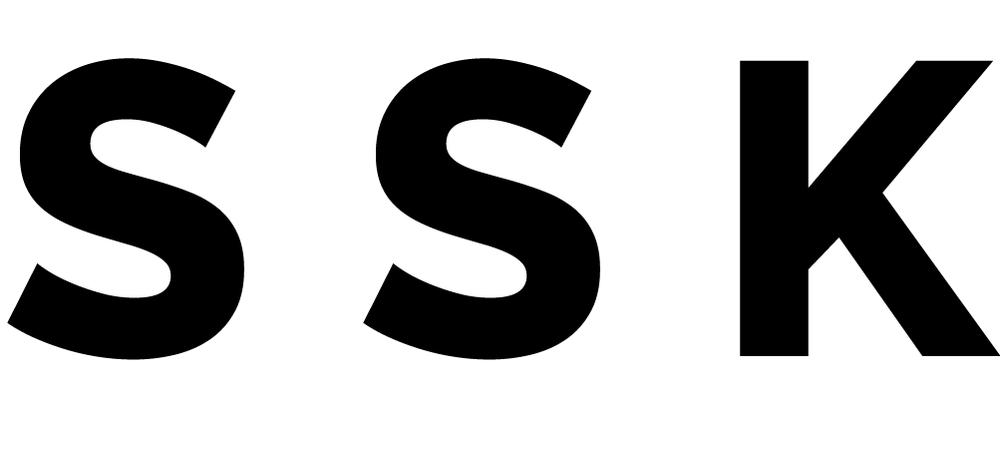DISSERTATION ABSTRACT_ Sustainable Environmental Built-Forms in High-Density Urban Areas
Why can’t we design a building like a tree? A building that makes oxygen, sequesters carbon, distills water, accrues solar energy as fuel, creates microclimates, and changes colors with the seasons (W. McDonough and Braungart 1998). It sounds a bit abstract. The obvious fact is that a modernized built form based on efficiency and desire has revealed its intrinsic limitations. What is the efficiency modern architects are chasing? Meanwhile, have we ever enjoyed spatial delights from such buildings? What kind of modern architectural alternatives would bring us new visions for a better life? Why we still have been exposed to harsh microclimatic conditions, especially in high-density urban areas? Why we cannot be protected thermally from urban structures? Ecological history shows the answer. The project was started with the hypothesis that if there are specific built forms to be able to maintain optimum environmental conditions for organisms, such methodology is applicable to urban scales as well. It is time to review how the cocoon, which is composed of polygonal-structured segments, supplies a butterfly pupa with optimal thermal conditions, and how the diverted conduits of a termite mound provide inside with suitable ventilation. I wish this small piece of work would be a foothold in the field of sustainable architecture for better environments.
나무와 같은 건물. 산소를 생산하고, 탄소를 격리시키고, 물을 정제하고, 태양 에너지를 축적하고, 미시기후를 재생시키고, 계절에 따라 옷을 갈아 입는 (W. McDonough and Braungart 1998). 효율성과 욕망에 사로잡힌 현대화된 built forms의 본질적 한계. 현대의 건축가들이 쫓는 효율성이란? 일률적 건물들에서 공간적 기쁨을 누렸던 적이 있었던가? 새로운 비전을 보여줄 수 있는 현대의 건축적 대안들은 무엇인가? 왜 우리는 여전히 고밀도 도심지의 극심한 미시기후 변화로부터 열적(熱赤) 보호를 받지 못하는가? 본 프로젝트는 유기체를 위한 최적의 환경 조건을 유지할 수 있는 특수한 built forms이 있다면, 이는 도시적 스케일에도 적용될 수 있을 것이라는 가정에서 시작하였다. 다각형 세그먼트로 이루어진 고치(繭)가 나비 유충에 제공하는 최적의 열적(熱赤) 환경, 흰개미 마운드의 분화된 도관들이 보여주는 적절한 환기(換氣)를 돌아볼 시점이다.

